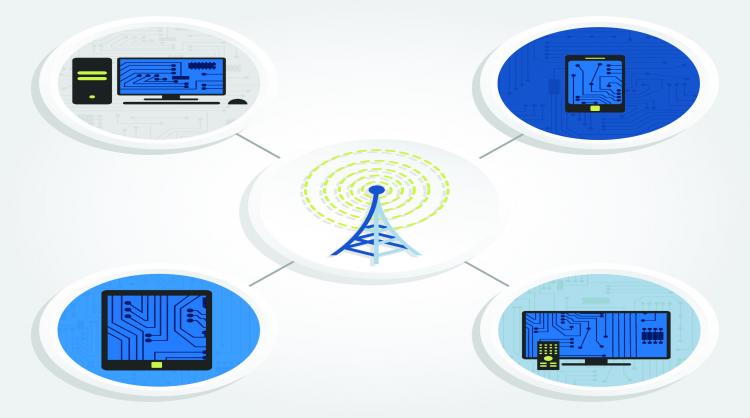FCC Commissioner Proposes Universal Service Changes for Rural ILECs
July 2, 2015 | by Andrew Regitsky

One of the interesting facets of covering the FCC for the last 30 years is the fact that the issue of universal service seems to go on forever.
For every change or improvement the Commission makes to ensure the public has affordable telephone service, new problems always seem to arise. For example, since the 1996 Telecommunications Act made universal service into an explicit and dollar-specific program, the FCC has modified the contribution rules, developed cost model after cost model and increased and then limited the carriers eligible to receive funding.
And yet, almost 20 years after the Act became effective, the Commission is still fiddling with the universal service fund (USF) rules. It has just expanded the Lifeline program to include broadband. It is contemplating requiring contributions from Internet service providers (ISPs). Most remarkably, the agency is still attempting to develop a workable cost model for rural rate-of-return (ROR) ILECs! The end is not in sight.
While some universal service fund (USF) changes are appropriately made to respond to the changes in technology (i.e., the development of the Connect America Fund (CAF) to pay for broadband in high-cost areas), some of the rules make no sense and are ripe for changing. One of those silly rules adversely impacts end user customers living in rural areas. That rule provides universal service funding only to the eligible ROR ILEC providing plain old telephone service (POTS) to the community. If that ILEC chooses to provide stand-alone broadband service in addition to its POTS service, it is not eligible to receive universal service support for that broadband service. Because of this rule, rural ILECs are discouraged from investing in network improvements and are having an increasingly tough time competing for customers who purchase wireless POTS service and Internet service from unaffiliated ISPs.
However, many ISPs are hesitant to enter high-cost rural areas and with the carrier-of-last-resort ILEC unable to receive dollar support for a stand-alone broadband service, it is no surprise that the percentage of people in rural locations with broadband is significantly lower than in other parts of the country. Thus it is good to report that FCC Commissioner Ajit Pai has recognized this problem and offers a relatively simple solution:
[The current] regulatory system has increasingly come under strain as consumers flee landlines in favor of wireless and Internet-based (or “over-the-top”) alternatives. Indeed, it has put some carriers to a Hobson’s choice. On one hand, they can offer stand-alone broadband—which urban consumers have and rural consumers want—and lose universal service support. On the other, they can deny consumers the option of an Internet-only service, and risk them dropping service altogether (which they increasingly are). The net result is that rural carriers hold back investment because they are unsure if they can deploy the next-generation services that consumers are demanding…
I have concluded after careful study that targeted changes to existing universal service rules can solve the stand-alone broadband problem… [Rural ILECs] would include stand-alone broadband costs when calculating high cost loop support and interstate common line support. They would determine how much of that support should be attributed to stand-alone broadband. And they would direct that support be used to offset the cost of service. These simple amendments to our existing rules would have a big impact. They would give rural consumers the real option of choosing whether they want to purchase broadband and telephone service from the same company, and they would give carriers more assurance that arbitrary loopholes won’t prevent them from meeting consumer demand. This will increase broadband deployment. They would also meet the FCC’s own goals of distributing support equitably and efficiently and ensuring no double recovery of costs. And they would do all of this within the existing budget (June 29, 2015 proposal by FCC Commissioner Pai, pp 1-2, emphasis in original).
Commissioner Pai also believes that rural ILECs should be permitted to participate in the Connect America Fund on a voluntary basis. The Commission decided in 2011 that these carriers would eventually receive funding from the Fund, but still haven't eveloped a workable cost model. Mr. Pai believes the current price cap cost model used by the larger ILECs can be modified and used by ROR ILECs. This would provide predictable broadband support for these ROR- regulated carriers and incent investment in rural broadband networks.
These rule changes can be done quickly and have broad support throughout the industry and Congress. If they are put in place now, rural ILECs can begin receiving support for stand-alone broadband service in January 2016, and give a needed boost to rural broadband development. Learn more about the Universal Service Fund in this CCMI Spotlight.
By Andy Regitsky, CCMI

